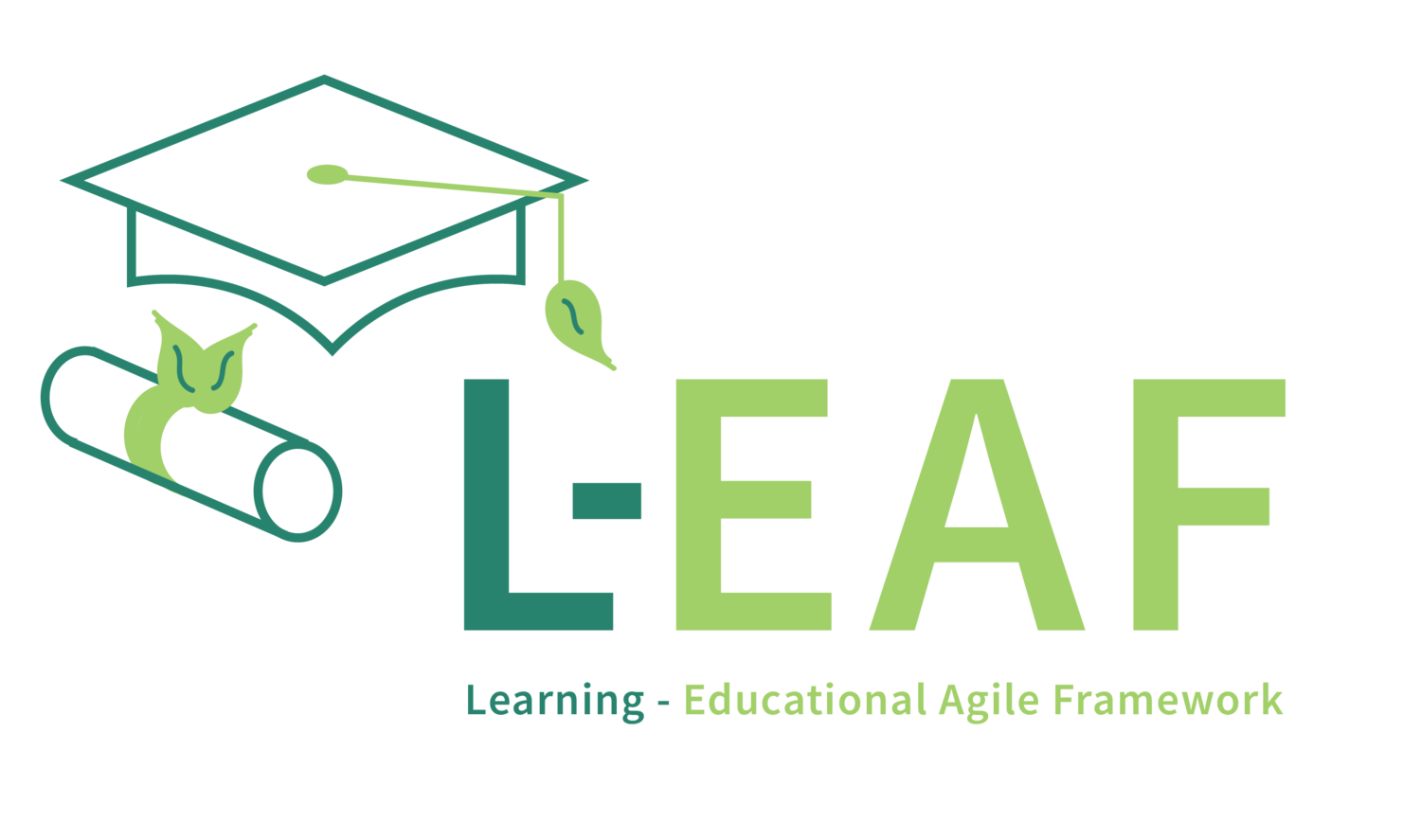Cultivating Continuous Growth: The Power of Relentless Improvement in LearningFLOW
In the dynamic landscape of education, the pursuit of continuous improvement is not merely an aspiration; it is a necessity. As teachers and students navigate the ever-evolving world of knowledge and learning, the ability to adapt, refine, and enhance the learning experience is paramount. This is precisely where the value of Relentless Commitment to Improvement Through Small Experiments emerges as a cornerstone of the LearningFLOW methodology.
This value embodies the spirit of continuous learning, encouraging both teachers and students to embrace a growth mindset and view challenges as opportunities for improvement. It fosters a culture of experimentation, where small, incremental steps are seen as catalysts for progress rather than daunting hurdles. By adopting this approach, both educators and learners embark on a journey of continuous refinement, striving to optimize the learning experience and maximize its outcomes.
The Role of Relentless Improvement in Shaping the Learning Environment
A Relentless Commitment to Improvement is not just a philosophy; it is a driving force that shapes the very essence of the learning environment. It encourages teachers to step away from traditional, static approaches and embrace a dynamic, iterative process. This shift transforms classrooms into hubs of continuous experimentation, where teachers are empowered to:
Refine Teaching Strategies: By actively seeking feedback from students and colleagues, teachers can identify areas for improvement and refine their teaching methods accordingly. This ongoing evaluation ensures that instruction remains relevant, engaging, and effective in meeting the evolving needs of learners.
Optimize Learning Activities: Learning activities are not set in stone; they are dynamic components that can be adapted to enhance the learning experience. Teachers can experiment with different activities, sequencing, and delivery methods to discover the approaches that best engage students and promote deeper understanding.
Embrace Technology Integration: The ever-expanding realm of educational technology offers a wealth of opportunities for experimentation. Teachers can explore new tools, platforms, and resources to enhance instruction, provide personalized learning experiences, and foster collaborative learning environments.
Unlocking Student Agency through Relentless Improvement
The value of Relentless Commitment to Improvement extends far beyond the realm of teacher development; it plays a pivotal role in empowering students and fostering student agency. By embracing this value, students become active participants in their own learning journeys, taking ownership of their progress and contributing to the continuous improvement of the learning environment.
Self-Directed Learning: Students are encouraged to take ownership of their learning goals, actively seek out knowledge, and explore different learning approaches that align with their individual learning styles and preferences. This self-directed approach fosters a sense of responsibility and cultivates intrinsic motivation.
Continuous Reflection: Students are encouraged to reflect on their learning experiences, identifying areas of strength and areas for improvement. This reflective practice helps students develop metacognitive skills, enabling them to monitor their progress, make informed decisions, and adapt their learning strategies accordingly.
Collaborative Problem-Solving: Students engage in collaborative problem-solving activities, where they work together to tackle complex challenges, share ideas, and learn from one another. This collaborative approach promotes teamwork, communication, and critical thinking skills, preparing students for success in a collaborative world.
Retrospection as a Catalyst for Continuous Improvement
The practice of Retrospection serves as a powerful tool in the pursuit of continuous improvement. Retrospection sessions provide a structured forum for both teachers and students to reflect on their experiences, identify areas for growth, and formulate plans for improvement.
Teacher Retrospection: Teachers engage in regular reflection, examining their teaching methods, learning activities, and overall classroom dynamics. This self-evaluation allows teachers to pinpoint areas for refinement, seek feedback from colleagues, and implement effective changes.
Student Retrospection: Students actively participate in retrospection sessions, sharing their perspectives on the learning experience, identifying strengths and challenges, and suggesting improvements. This student-led feedback provides valuable insights for teachers, enabling them to adapt their teaching approach and cater to the needs of their learners.
A Synergistic System: LearningFLOW and the Relentless Pursuit of Improvement
The LearningFLOW methodology provides a simple yet powerful framework for teachers to promote student agency and accelerated learning. By embedding the value of Relentless Commitment to Improvement Through Small Experiments into its core practices, LearningFLOW creates a learning environment that is dynamic, adaptable, and focused on continuous improvement.
As teachers and students embark on this journey of continuous refinement, they become partners in learning, fostering a culture of growth, innovation, and academic excellence. The benefits of this relentless pursuit of improvement extend far beyond the classroom, preparing students for success in a world that demands adaptability, resilience, and a lifelong love of learning.
